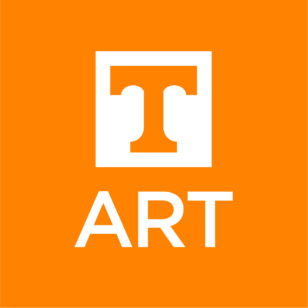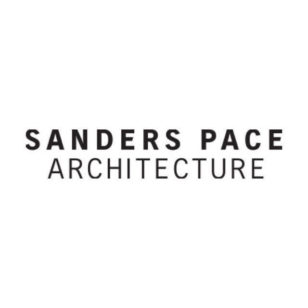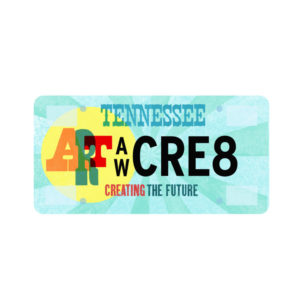INTERVIEW: ABIGAIL LUCIEN
JUL. 21, 2016
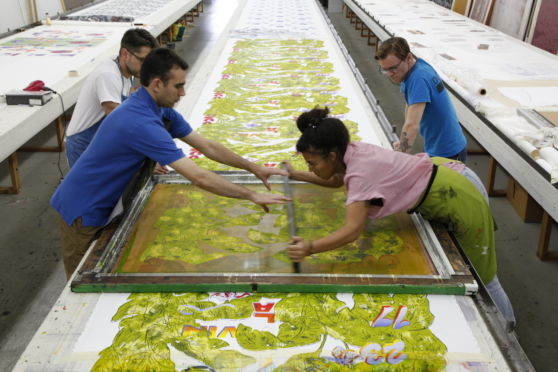
INTERVIEW: ABIGAIL LUCIEN
JUL. 21, 2016
Mary Addison Hackett: The first thing that struck me about some of your recent work was the ambiguous reference to water. You grew up in Haiti, before settling in Palm Coast, Florida—a community developed under the guidance of William Levitt, whose nickname was, “The King of Suburbia.” Can you talk about how your background and coastal living has informed your work?
Abigail Lucien: Growing up I was never too far from a body of water; it hadn’t struck me how significant that was to me until I moved to Tennessee. Water and the absence of water naturally found it’s way into my work both as a material and as an allegory to location. I truly began taking my work seriously when I started using my work as a tool to understand my environment and what exactly it means to belong to more than one location at any given time. Water is like that in many ways, effortlessly flowing between places, containing symbolic histories, and serving as a connecting point for communities. I haven’t heard “The King of Suburbia” thing before. I’ll have to file that somewhere special.
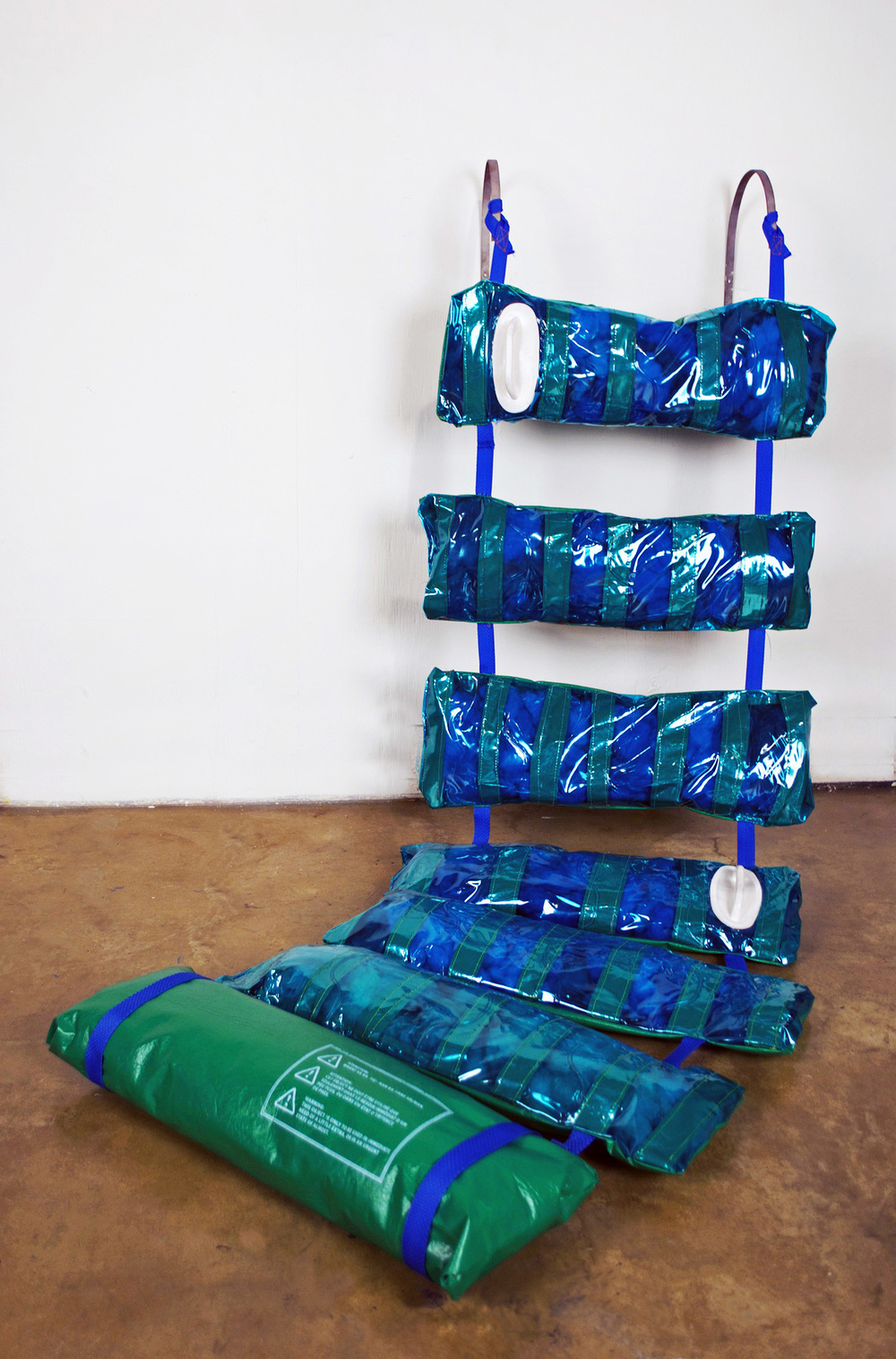
MAH: Your work spans several disciplines including printmaking, sculpture, installation and performance— and you also work alone and collaboratively. The individual objects can certainly stand alone, but installation seems to be the nexus of your ideas. Tell me about your process and your overall approach to making work.
AL: I am a big believer in if you have an itch to make something, make it, right there and then if you’re able. It’s a great approach for me because it allows me to let go of thinking of my practice as linear. I’ve been fortunate enough to be able to float between mediums, letting the work choose how it would like to be made. One week I may be knee-deep in speedball ink laboring over a print, the next I may be performing some choppy version of Sade tune for a video piece. It’s a fluid process and I’m usually surprised where it takes me next. I enjoy that it keeps me on my toes.

MAH: What determines whether you will work collaboratively or solo?
AL: I’ve never gone out seeking to collaborate for the sake of collaboration. Every collaboration I have been a part of has begun as a conversation. Conversations lead to ideas, and so on and so forth. I find working side by side with another individual or group towards a common goal invigorating and I sincerely cherish each unique experience I have had working with others.
MAH: Much of your work relies on printmaking and screen printing? What initially drew you to the printmaking process?
AL: Printmaking was sort of my gateway medium. I was first introduced to print while working with another artist on a design team of an activist group in Tallahassee. He invited me to stop by his silkscreen studio and after seeing the process I was instantly enamored. Initially what attracted me was this seemingly magical ability to recreate a perfect moment multiple times and onto so many different surfaces. I thought to myself “the print world is my oyster!” The more I dug into it, the more it seemed like somewhere I could plant my feet.
MAH: You identify as bicultural with an interest in cultivating a “third-culture terrain,” and you’re currently working on your masters in printmaking at the University of Tennessee in Knoxville. Has living in Knoxville has affected your work, and if so how?
AL: Absolutely. Moving north to arrive in the Deep South was a big change for me. On top of being landlocked and further away from the Caribbean than I have ever lived before, it was also the first time I was being confronted with questions of my own southern identity. It’s funny because I had never identified as southern before and all of a sudden I was being asked questions about my black southern identity before I even knew I had one. Moving to Knoxville opened new and larger dialogues for me around the complex conversations I had already been chewing on about being multiracial and bicultural in America. What changed was that I found myself in a new place with its own distinct ways of working, and, be it the south or the north or on the other side of the world, that has an effect on you and the work you produce.
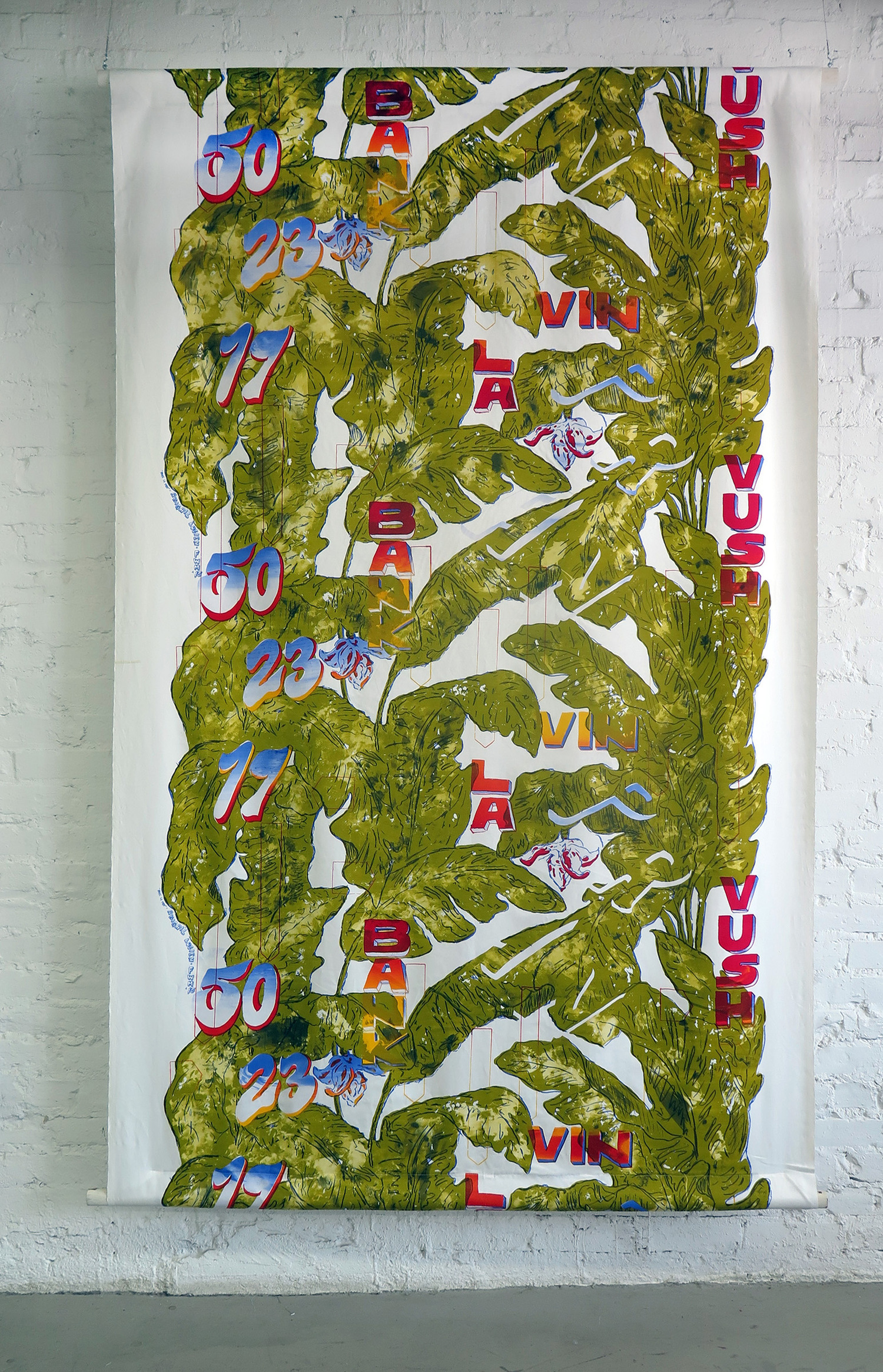
MAH: Can you share your experience from your apprenticeship at The Fabric Workshop and Museum in Philadelphia, PA, and talk about the piece, BANK LA VUSH?
AL: Working as a full-time apprentice at the FWM last summer was incredible. While I was there I was working as a part of their production staff completing artist-in-residence projects, helping with educational workshops, giving tours of the museum’s exhibition, as well as conceiving and printing my own textiles. I’m beyond grateful for the knowledge I gained at the FWM and for the fantastically talented artists whom I was able to connect with through my time in Philly.
With BANK LA VUSH I wanted to play with bilingual semantics to explore the visual language of Haitian Bank Borlette aesthetics, drawing parallels to the perceptions of a region viewed as a paradise by those living outside of it. Ryan Parker, the FWM’s apprentice coordinator, was super encouraging and supportive of my experimental printing tendencies. Every time I was like “Ryan, do you think this could work?” He would say “Woah. Hmm, yeah lets try it!” We ended up exploring a few different monoprinting techniques to complete the final textile, introducing variability into the design to add texture and break up the repetition within the yardage.

MAH: Nature’s IntentTM is an ongoing collaborative between you and Jessica Gatlin. Can you give us some background on the project? Has the piece ever been exhibited outside the confines of a vetted art venue? That is, have you ever set up a rogue exhibit in a location where the piece might not be immediately read as “Art”? And if not, does pushing this boundary interest you?
AL: JG and I met for the first time as colleagues at UTK in the fall of 2014 and hit it off immediately. When presented with the opportunity to submit a proposal for the 2015 Southern Graphics Council International we sat down at Golden Roast, had a few cups of coffee, and started slinging out ideas at one another to see if anything stuck. We knew we wanted to talk about coming from a shared cultural background, we knew we wanted to address western beauty standards, and we knew we wanted to speak on the history of media representation of women of color. It seemed pretty obvious to us what our subject would be: Hair. We toyed around with a few names and voila; Nature’s IntentTM was born.
Our first time exhibiting the Dreamy Creamy Crack House was inside of the product fair at the 2015 SGCI. The product fair serves as an open space where vendors can set up shop and sell everything from handmade Japanese papers to the latest glow-in-the- dark-anti-gravity-invisible-electronic printmaking inks. The nature of the Creamy Crack boxes mimic the language of advertising and product display, so when put in the context of the product fair and given that we chose not to include any supplementary information for the piece, the question of the products authenticity was immediately at play. Pushing the boundaries of what is ‘Real’ is something that we discuss a lot at Nature’s IntentTM, and something that we’re definitely interested in pursuing further.
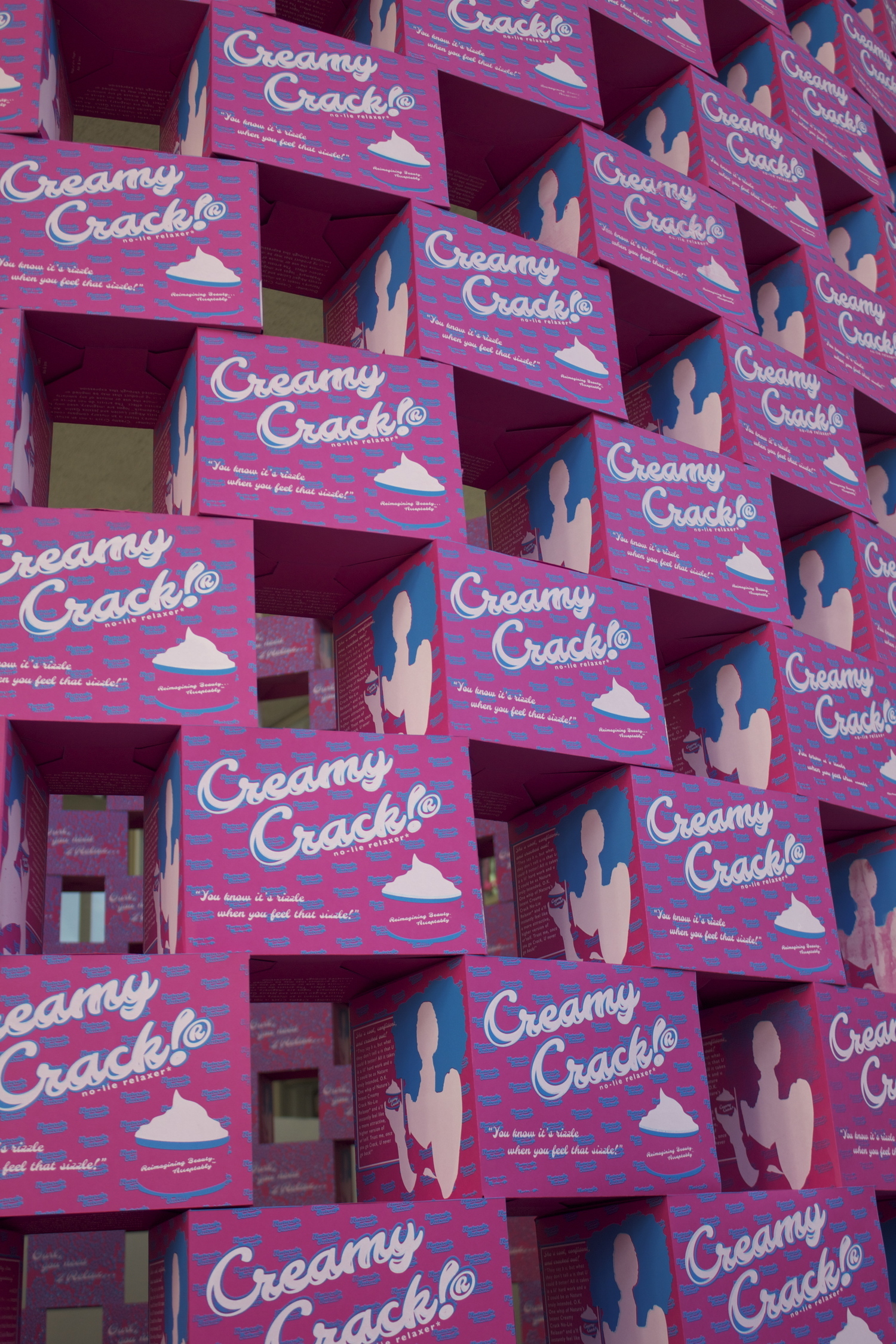
MAH: What are some of your favorite projects to date and how do you determine the success of a project?
AL: There are a ton of different factors that weigh in on the success of a project: Did I achieve what I set out to do? Did I learn anything new? Have I answered any questions? Have I provoked any new questions? Did I manage to not set my studio on fire?
A big part of my process is that I allow myself to fail. I’m the first one to tell you that I don’t know what I’m doing. I allow myself to make mistakes and to let go of the fear of doing something ‘the wrong way’. I use to harbor a tremendous amount of anxiety about that, particularly when working in male-dominated fields. Now I find myself shamelessly asking a lot of questions and as an artist I feel like my work is most successful when it provokes more questions than the idea began with. When it is allowed to be bigger than the initial seed of thought it came from. Those are my favorite projects to work on.
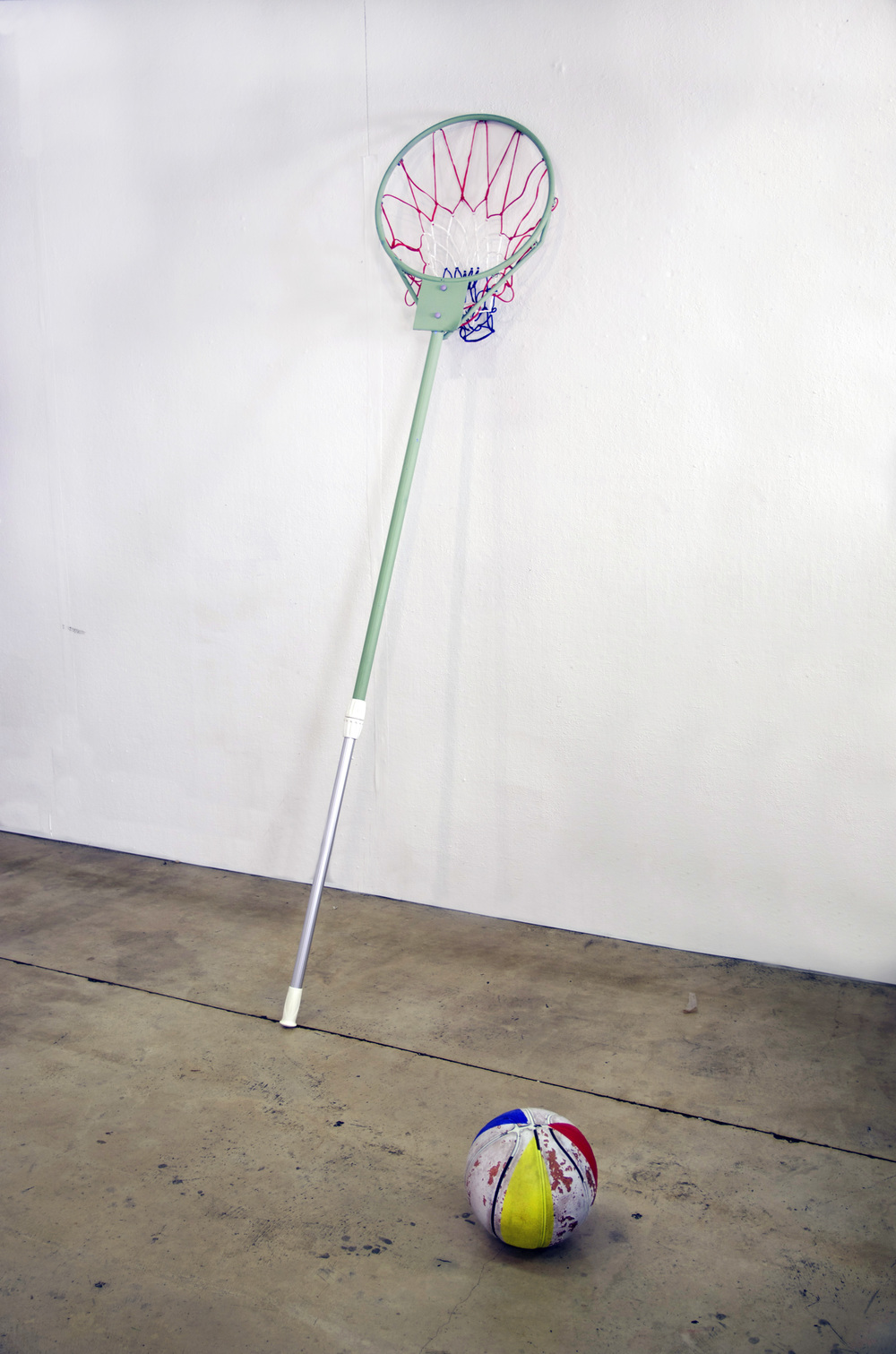
MAH: I’d like to know more about Glitter Chariot. It’s a great name, and the group photo is striking. You referred to a recent performance as being, “rooted in the longing for a life of love knowing that the outcome is often difficult and futile.” That’s beautiful. Please discuss.
AL: I worked with GC back in 2013 on a project performed at Art Basel Miami titled I Lost You There: Shinning In and Catching Me. I was working towards my BFA when I met Chuck Carbia and Kelly Boehmer, who at the time happened to be my performance and soft sculpture instructors. Chuck had heard me sing a few times in his class and invited me to perform with the group. It was a spellbinding experience being so young, creating and playing music alongside this remarkably brilliant group of artists whose work you admire. They were all always so open and compassionate; it created an unbelievably warm, encouraging environment to be around. To date, it is one of the best experiences I’ve had as a young artist.
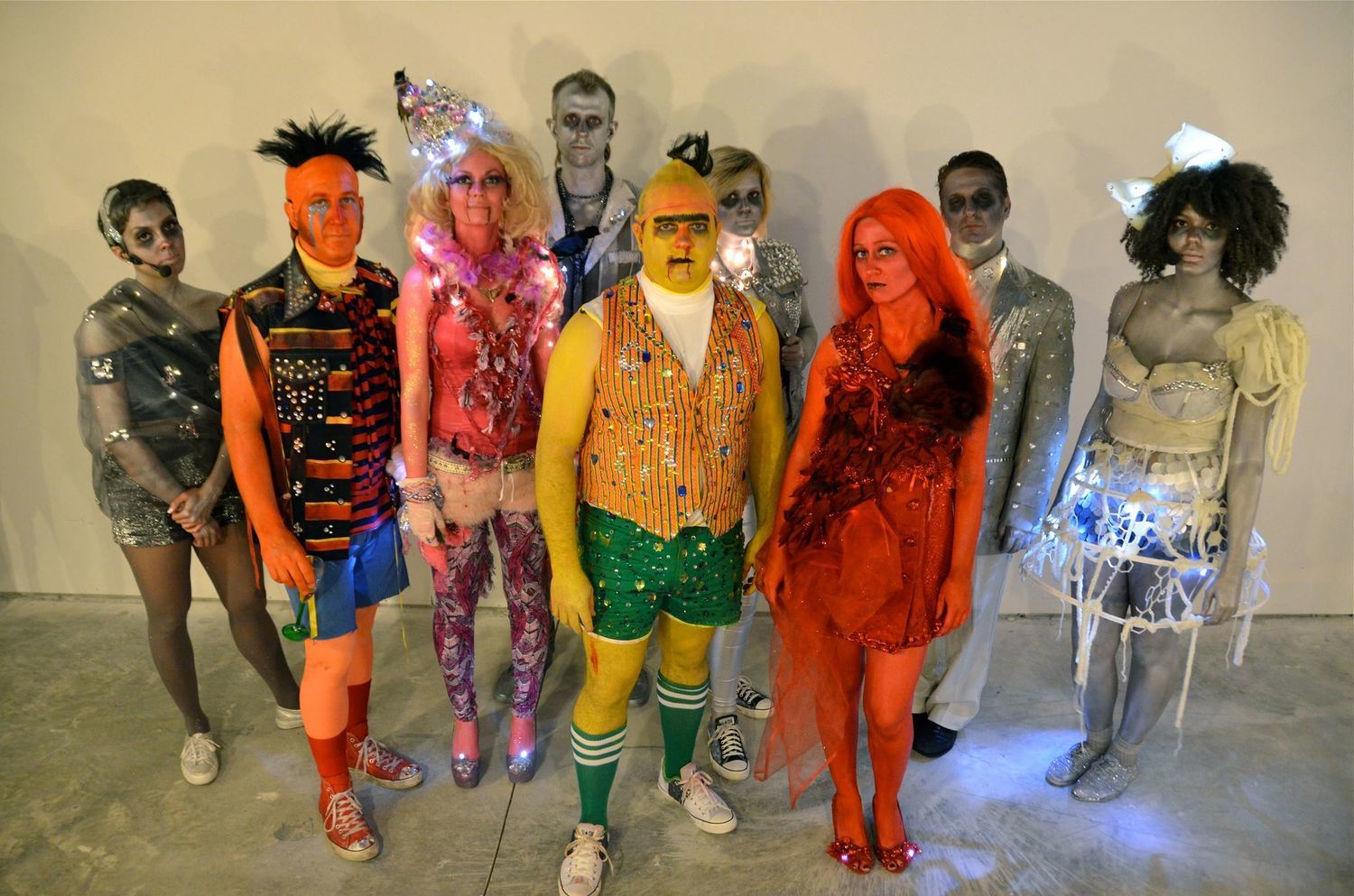
MAH: Some artists keep a sketchbook while others use Instagram and other social media platforms to hash out ideas. What’s your preferred method, if any, for thinking out loud about the work?
AL: Drawing and writing are both vital to my process. If I don’t know how to make something, or don’t have the tools handy to make it, I draw it out, sort of like a visual note to myself. I also take a ton of notes of things I encounter with my cell phone camera. Things I find amusing, window displays, accidental color schemes. My photo library in that sense is a lot like a visual sketchbook, though to anyone else I think it might just look like a hot mess.
MAH: Routine is often important to a lot of artists. Do you have any routines?
AL: Hmm, inside of the studio? I hadn’t really considered it a routine before but I keep a little baritone ukulele an old friend gifted me in my studio. I like to mess around on it for a bit each time I enter the space. It helps me transition from whatever I was doing before into a more present state.
MAH: Your work is political without being didactic, and often has a wry sense of humor. That’s often am elusive balance to strike. What’s your secret?
AL: My complexion is political; therefore the work I make tends to be read as political. It’s not something that I could control even if I wanted to. Humor is the honey I use to sweeten the sour taste of a lot of the themes I find myself concerned with.
MAH: You wrote that you were currently out of the country this summer. May I ask what you’re working on and where?
AL: From early May to mid June I had the pleasure of being an Artist-In-Residence at the Eugeniusz Geppert Academy of Fine Arts in Wrocław, Poland. Afterwards I went on a month long mega-museum-hopping research trip throughout Europe and the UK touching down in the Netherlands, Germany, Czech Republic, Austria, Hungary, Belgium, Scotland, and England. I’m currently back home in Cap-Haitien, Haiti where I’m working and spending time with family before I head back to Knoxville for the fall.
MAH: Any upcoming shows or collaborations you’d like to share?
AL: Yeah! I’m beyond excited to have been invited to exhibit at the Atlanta Southern Biennial at Atlanta Contemporary taking place from August 27 - December 18, 2016. I’m also looking forward for Nature’s IntentTM exhibiting at the East Coast Screenprint Biennial happing this upcoming October in upstate New York.
MAH: Thank you for taking time to answer some questions. Is there anything else you’d like to add?
AL: Nope. Thank you Mary Addison. It was my pleasure.
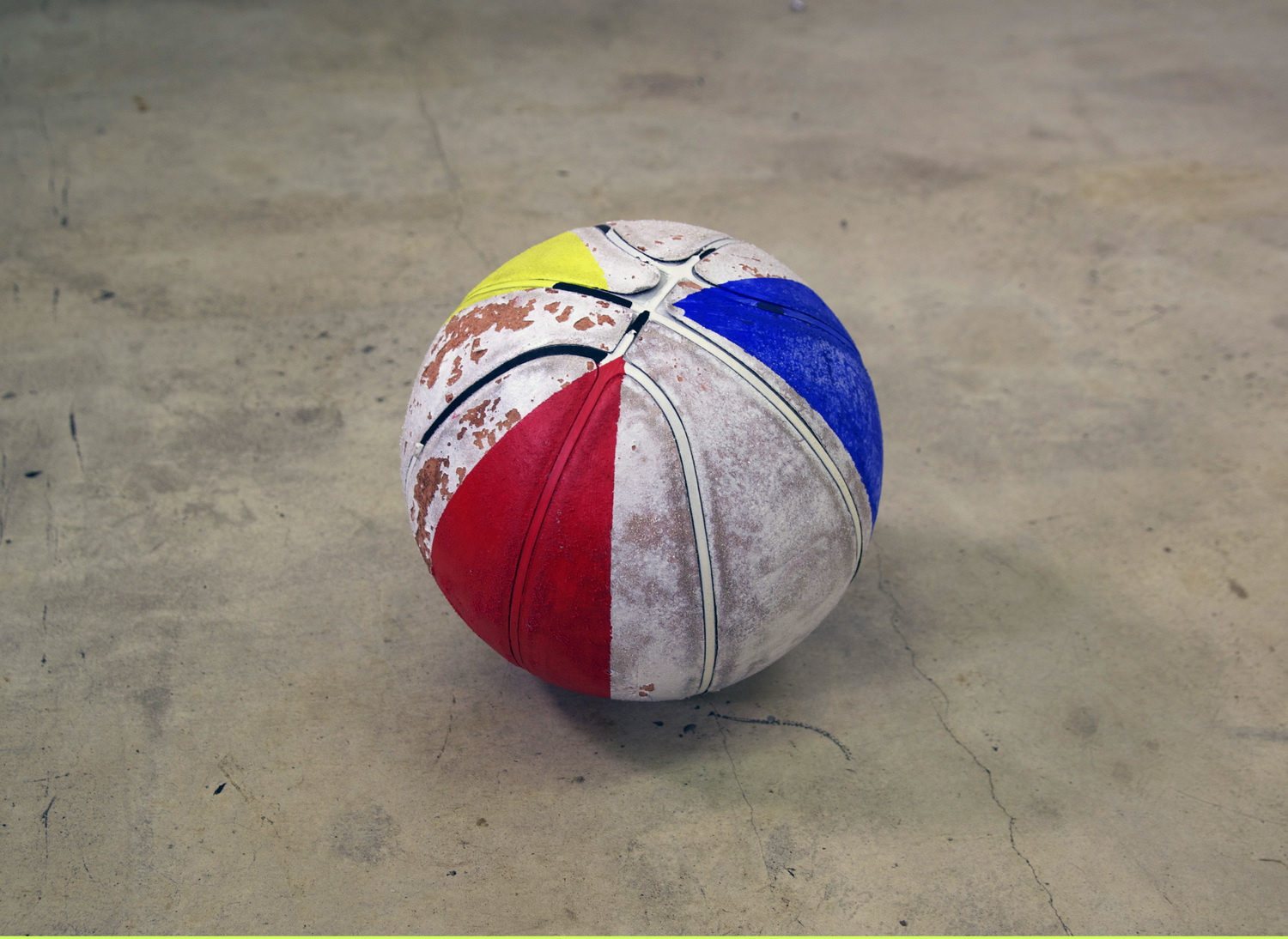
Abigail Lucien spent her youth in Cap-Haitien, Haiti before settling with her mother and two elder sisters to Palm Coast, Florida. Her work explores hybrid print media techniques, frequently integrating installation, sculpture, video, music, and performance within her process. She is a recipient of both the 2013 and the 2014 Award for Excellence in Printmaking from the Florida State University in Tallahassee, FL, a feature at the Atlantic Center for the Arts in New Smyrna Beach, FL, a full-time apprenticeship at The Fabric Workshop and Museum in Philadelphia, PA, and served as an Artist-in-Residence at the Eugeniusz Geppert Academy of Fine Arts in Wrocław, Poland. Lucien earned her BFA with Honors from Florida State University in Tallahassee, Florida and is currently working towards her MFA in Printmaking at the University of Tennessee, Knoxville.
Mary Addison Hackett is an artist whose practice practice spans painting, video, writing, and other time-based projects. She has exhibited and screened her work in the US and abroad for more than 20 years. She holds an MFA from the University of Illinois at Chicago and her BFA from the University of Tennessee at Knoxville. Hackett currently lives in Nashville.
